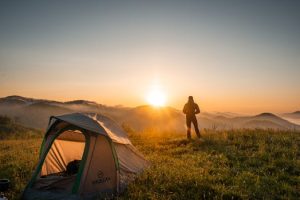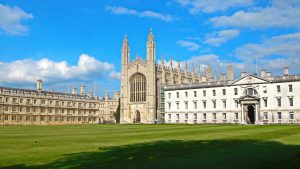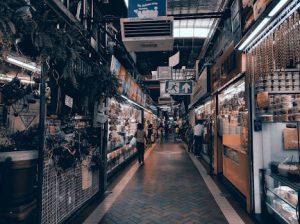Urban Wildlife Corridors: When Nature Meets Property
The natural world has always been a major source of beauty and wonder. However, as urbanization continues to expand, many creatures have been forced to adapt or die. Fortunately, a growing number of cities are acknowledging the importance of preserving wildlife habitats within their boundaries in the form of urban wildlife corridors. These green spaces, created to allow animals to safely migrate between fragmented habitats, also offer benefits to humans such as reducing pollution and providing recreational opportunities. In this article, we will dive into the concept of urban wildlife corridors and explore why they are crucial for both wildlife and property owners.
What are Urban Wildlife Corridors?
Urban wildlife corridors are strips of land, usually between two larger habitats, that provide a safe passage for animals to travel between the fragmented areas. They can range from a few feet wide to several miles long, depending on the needs of the local species. These habitats can be natural, such as creeks and wetlands, or man-made, like green spaces, parks, and even rooftops. The goal of these corridors is to connect fragmented habitats, allowing animals to access resources and mates, all while avoiding dangerous obstacles such as busy roads or buildings.
Why Are Urban Wildlife Corridors Important?
Urban wildlife corridors are crucial in maintaining the health and diversity of local animal populations. Without these pathways, species may become isolated and unable to access necessary resources, leading to genetic decline and eventual extinction. Additionally, these corridors can also help to mitigate the negative effects of urbanization on wildlife, such as habitat loss and pollution.
Apart from the ecological benefits, urban wildlife corridors also offer several advantages for property owners and urban residents. These green spaces can help to reduce air and noise pollution, provide flood control, and increase property values. Furthermore, these corridors provide opportunities for outdoor recreation and a connection with nature in urban areas.
Challenges of Creating Urban Wildlife Corridors
Creating and maintaining urban wildlife corridors can be a challenging task. One of the biggest obstacles is the lack of available land. In cities, where every square inch is valuable, finding space for these green spaces can be difficult. Additionally, there may be issues with the ownership and management of the land, making it difficult to create a continuous pathway for animals to travel through.
Another obstacle is the potential for human-wildlife conflicts. As these corridors bring animals closer to human-dominated areas, there may be conflicts such as damage to property or pets. However, proper management and community education can help to minimize these conflicts.
Successful Examples of Urban Wildlife Corridors
Despite the challenges, there have been several successful examples of urban wildlife corridors around the world. For example, the High Line Park in New York City was built on an old elevated train line, creating a green space for both humans and animals to enjoy. In Singapore, the Green Corridor is an almost 16-mile stretch of green space that connects several parks, providing a safe passage for wildlife in the city. These initiatives have not only benefitted the local wildlife but have also become popular tourist attractions.
The Future of Urban Wildlife Corridors
The concept of urban wildlife corridors is gaining recognition and support from city planners and residents alike. With increasing urbanization, it is becoming more crucial than ever to preserve and connect natural habitats. Besides creating and managing these corridors, cities can also implement other wildlife-friendly practices such as green rooftops and bird-friendly building designs.
Ultimately, urban wildlife corridors are a vital step towards creating a sustainable future where humans and animals can coexist. By allowing nature to thrive in cities, we can also reap the benefits of a healthier and more vibrant environment. So, the next time you take a stroll in your favorite urban park, remember to appreciate not only the beauty but also the importance of these green spaces for both you and the wildlife.
Conclusion
The creation of urban wildlife corridors is an essential step towards achieving a more sustainable and harmonious relationship between urban development and the natural world. By providing safe pathways for animals to travel between fragmented habitats, these green spaces not only benefit wildlife but also offer various advantages for property owners and urban residents. As cities continue to grow, it is crucial to prioritize the preservation and creation of these corridors to ensure the well-being of both humans and animals.






